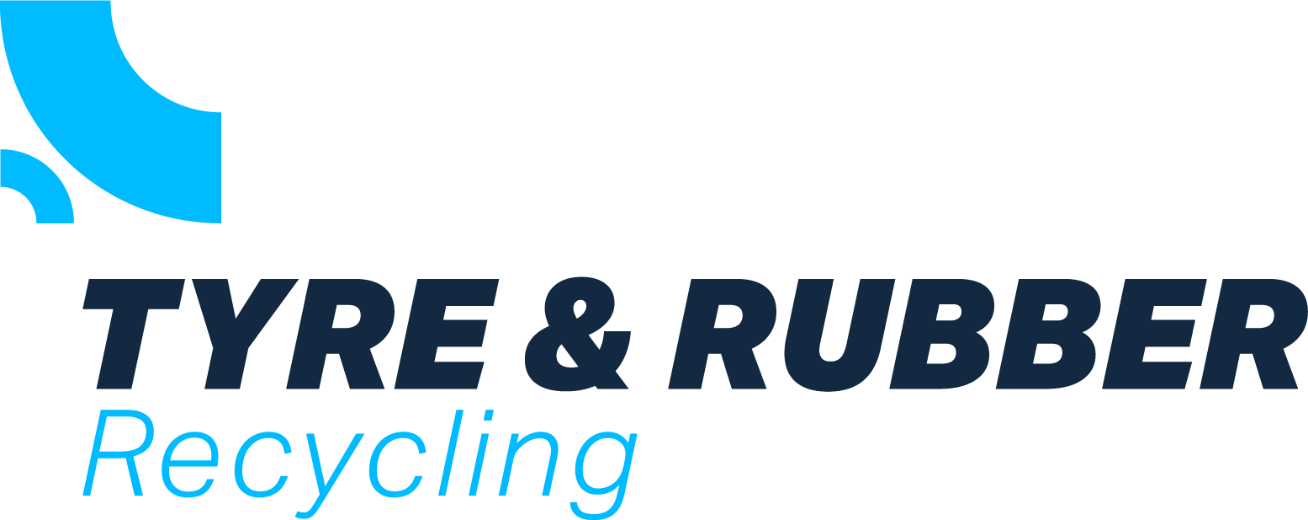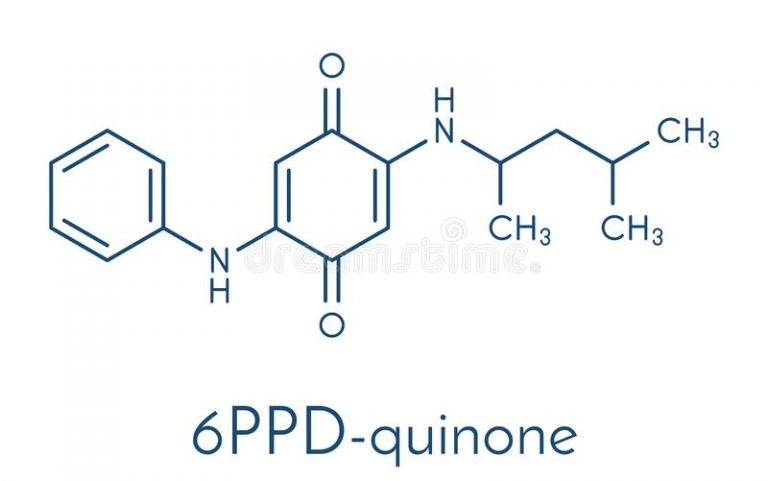University of Delaware researchers have developed an innovative method to mitigate environmental contamination from 6PPD in discarded tyres, opening a path to safer recycling practices that turn harmful components into valuable products
The new study, published in Nature Chemical Engineering, introduces a process that chemically converts harmful tyre components into safe, reusable materials.
The research team, led by Dion Vlachos, chair of UD’s Department of Chemical and Biomolecular Engineering, has devised a technique to upgrade 6PPD, a molecule in tires that offers UV protection but converts into a dangerous pollutant, 6PPD-quinone.
“Tyres are responsible for about one-third of the microplastics in the environment,” according to Vlachos, who also heads the Delaware Energy Institute.
Under the exposure to sunlight, 6PPD transforms into 6PPD-quinone, releasing harmful diketone molecules into the atmosphere from tyres not only in use but also those abandoned in landfills.
Traditional efforts to break down tyre materials, like those involving high-heat pyrolysis, have struggled to address the stubborn 6PPD chemicals.
The University of Delaware team took a different approach, using chemical extraction. By heating tyre crumbs in a microwave reactor and separating the molecules using a solvent, they effectively removed 6PPD. The extracted molecules then underwent a chemical conversion to become safe, marketable chemicals.
The remaining tyre material was found suitable for recycling through conventional methods, making it feasible to reuse in applications such as playground surfaces, roads and other commercial products.
“I think actual recycling of the tyre itself is important, so there are truly circular solutions that are doing upcycling,” Vlachos said in a news release. “We must make things at a large enough scale and at a reasonable cost outside of the laboratory. This has to be demonstrated with pilot-scale facilities. We haven’t done that [yet].”
The study points to the potential for real-world impact but acknowledges the necessity of further engineering efforts and industry collaboration for mass adoption.
“We need to educate the community. We need social sensitivity, awareness. It’s not a problem that will solve itself,” added Vlachos.
Source: University of Delaware


















